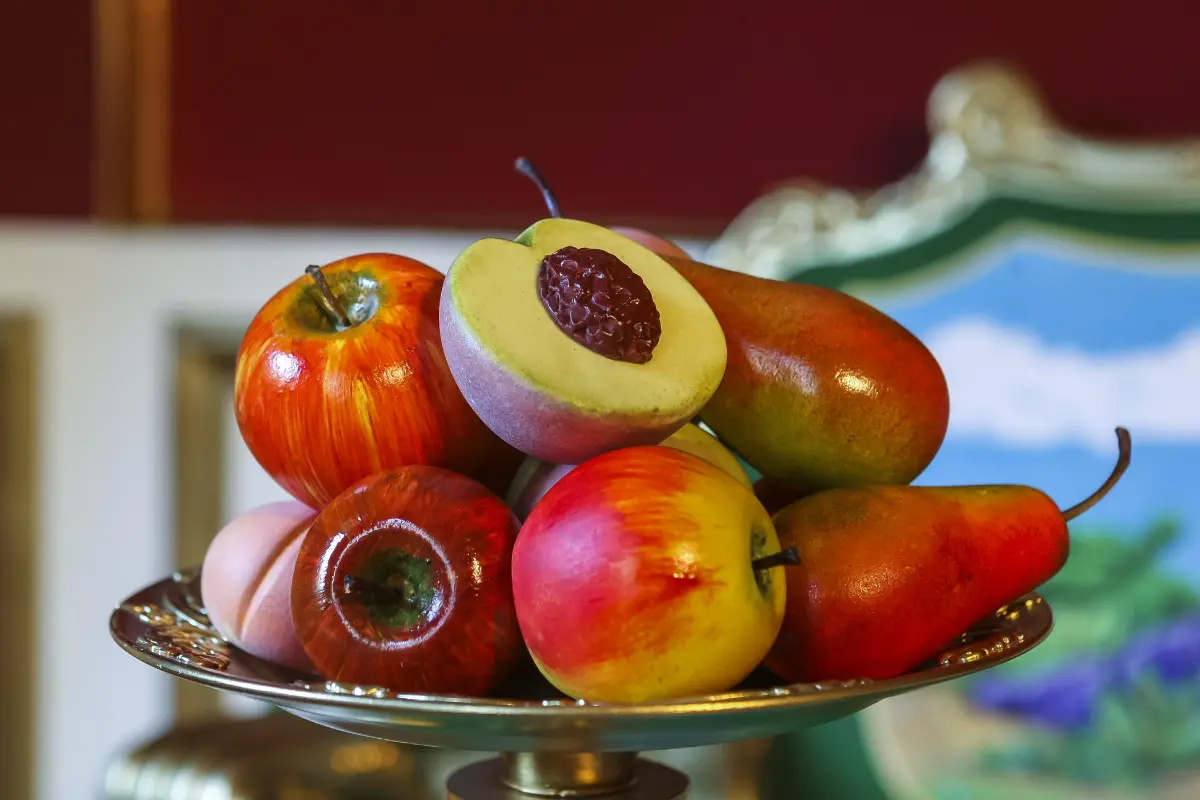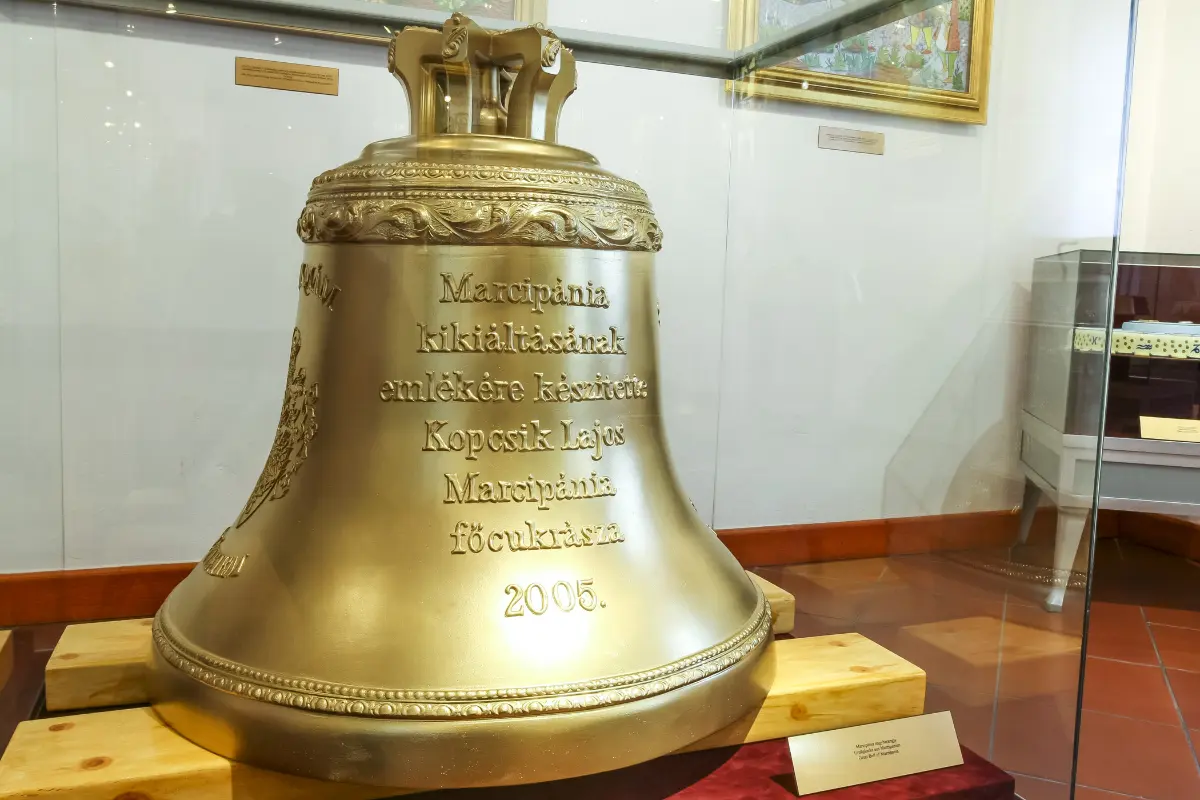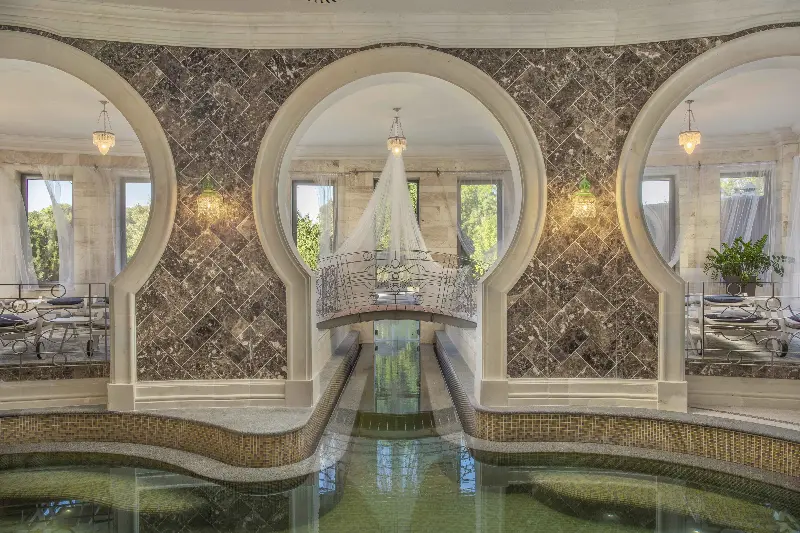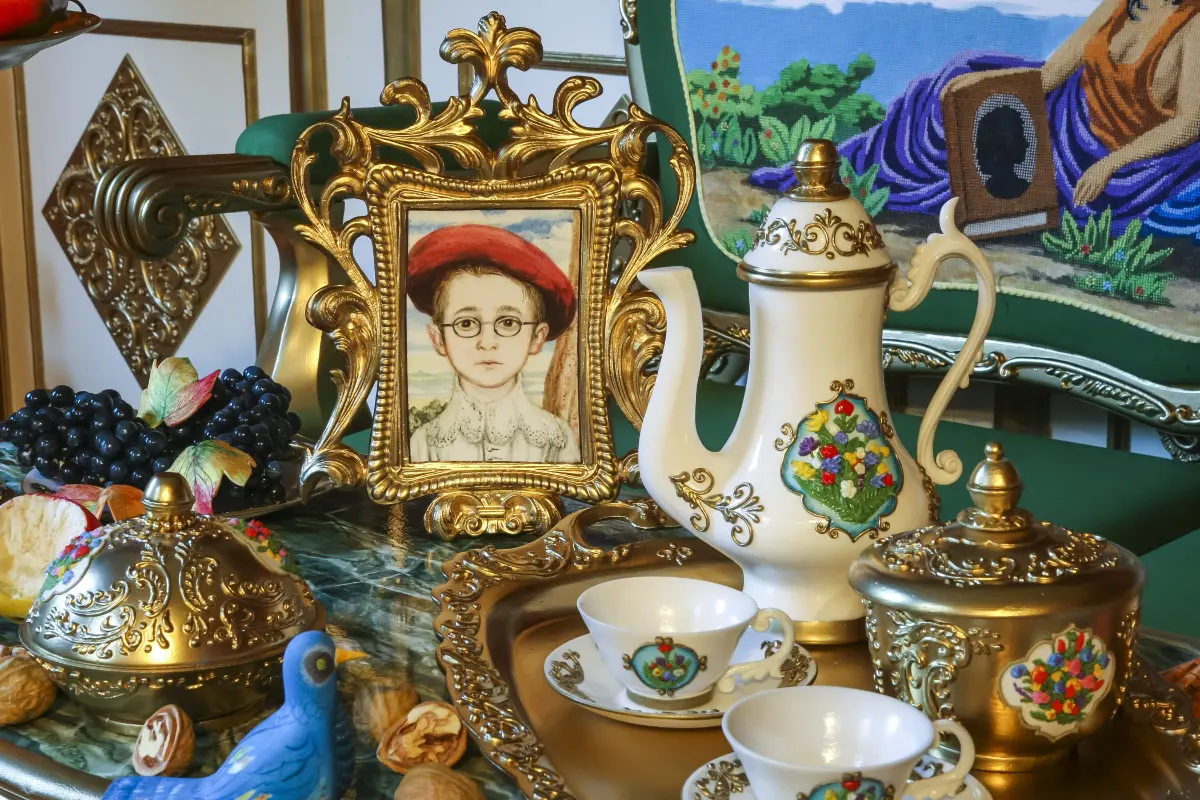
Helyszín címkék:
“The sweetest” exhibition in Hungary: even the marzipan has a museum in Eger
Bóday Csilla
It is well known that perfect and permanent statue-like confectionary products can be created from marzipan. This confectionary basic material is a paste made from a part of skinless, blanched, sweet almonds and a part of syrup made from ground confectioners’ sugar and water. Its unique flavour is created by adding some bitter almonds. Marzipan paste can be single, double, triple, where this attribute means the ratio of the almond and the water. In single marzipan the ratio of the almond and the sugar is half-and-half. The higher the number, the more sugar is in the paste. This sweet originated in Persia and entered Europe in the 13th century. There are many legends about where the original recipe might have been created. It is believed that the name of the sweet derives from Latin panis martii, which refers to the patrol saint of Venice, Saint Mark. Mark’s bread. The crusaders from Venice carried away the name of the sugary dessert. People from Byzantine called it mautaban, it was particularly popular in the German city, Lübeck, where even marzipan manufacturers were established. Later, a unique recipe was figured out in Königsberg, the marzipan was poured by sugar syrup and surrounded by candied fruits there. But actually, the first marzipan was born in Venice in the 1400s by accident: Mark Badrutt’s daughter was playing in her father’s workshop, she blended honey in the ground almond and put it on a hot oven top. This was “Maria’s confectionary exploration”, which was developed by the father later.
The Hungarian line
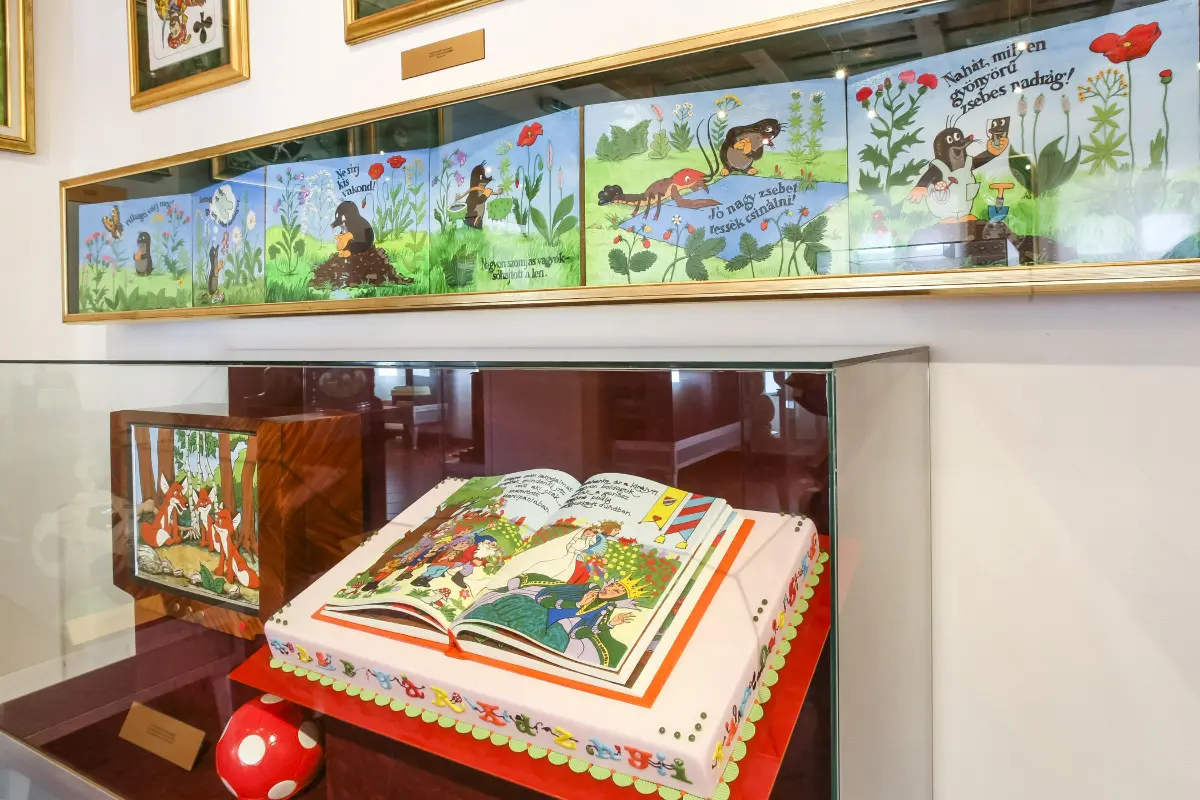
A pastry chef from Eger has constituted an extraordinary achievement with this basic material in his field of profession. In 1995, Lajos Kopcsik, due to a reorientation, was forced to carry out experiments as Mark Badrutt’s daughter used to. The pastry chef knew marzipan very well, but he wanted to improve it to a perfection as nobody else could. He dedicated his creations to posterity, so he began to experiment with confectionery ingredients and methods that would delight those who are interested in their classical beauty for many, many years. He figured out, tried such colours, materials which do not have any professional preliminaries. As a starting point, there was the pastillage, in other words sugar pastry, that has been used for a long time in the confectioner’s trade. He developed it in such a way that fine art masterpieces have been created from the special and unique base material.
Sugar, from top to bottom
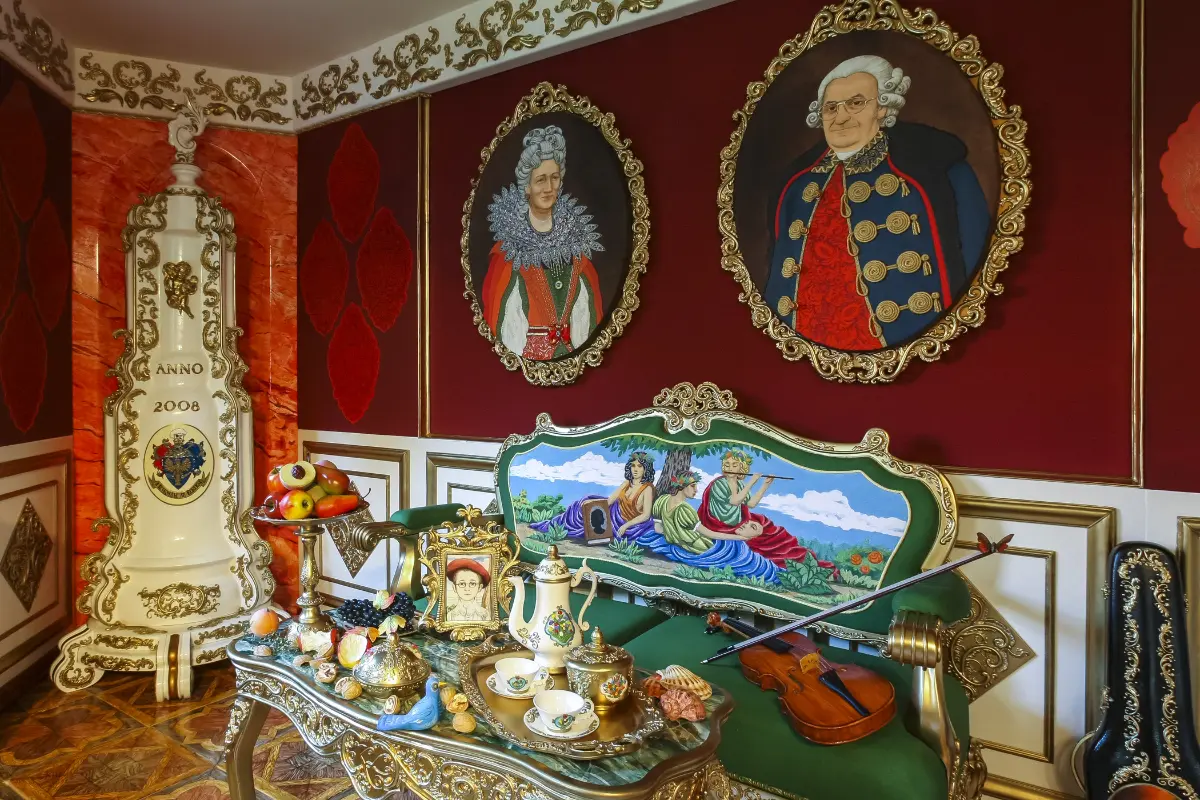
Kopcsik Marcipania in Eger was opened in 2005. The master who passed away in 2022, loved his hometown, the typical architectural style of which is the baroque, so when he was thinking about what to create to salute his city properly, he pieced together a baroque room that was made from sugar from top to bottom. The baroque room and more 120 ornamental pieces of work can be seen in Kopcsik Marcipania, the arms of Hungary and Eger can be found in the ceremonial hall of the townhall in Eger, and the Guinness record winner sugar picture is in the Offi house.

